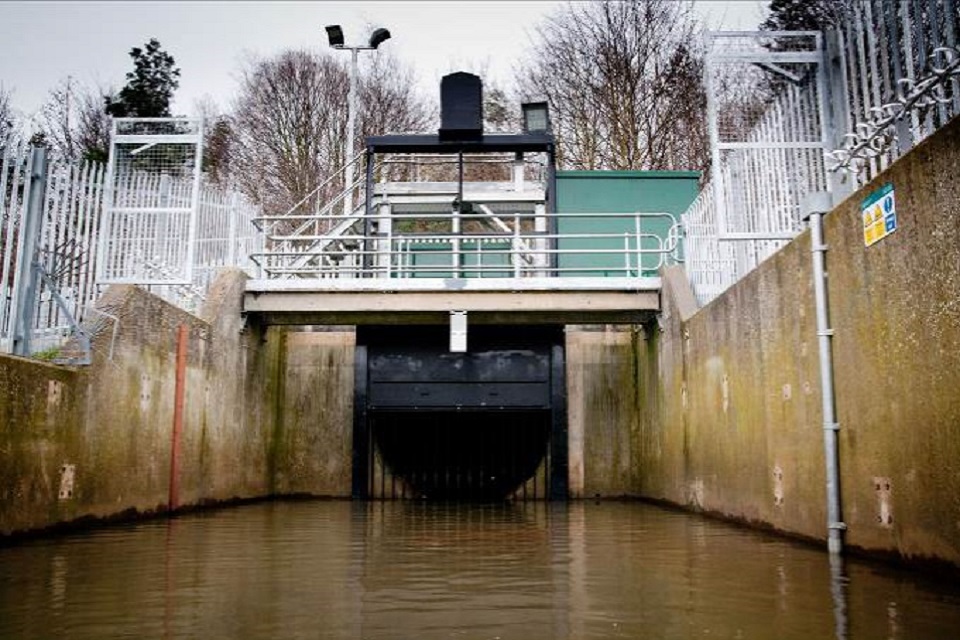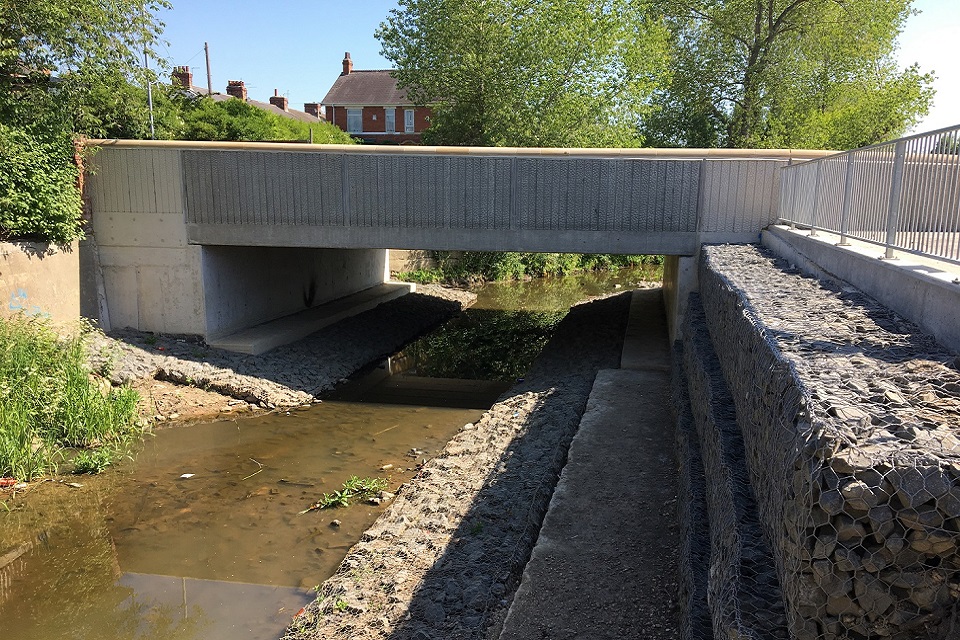The British Embassies Vietnam, Thailand, Laos and Cambodia are pleased to announce that applications are now being accepted for funding as part of the Illegal Wildlife Challenge Trade Challenge Fund and Darwin Initiative run by the UK’s Department of Environment Food & Rural Affairs (DEFRA) and the Department for International Development (DFID).
Illegal Wildlife Trade Challenge Fund
The Illegal Wildlife Trade Challenge Fund helps developing countries to tackle the illegal wildlife trade, by addressing demand reduction, strengthening enforcement and criminal justice, and providing local alternative livelihoods. Further information can be found here.
The priority areas we are looking to fund include:
-
Developing sustainable livelihoods and economic development, to benefit people directly affected by IWT
-
Strengthening law enforcement
-
Ensuring effective legal frameworks
-
Reducing demand for IWT products
In addition, our Embassies are particularly looking for projects that have a strong regional element, involving action or collaboration across borders. We are also looking to encourage projects that have strong partnerships with governments in the region.
The deadline for the first phase of the bidding process is 21 September.
Darwin Initiative
The Darwin Initiative helps to protect biodiversity and the natural environment in developing countries Further information can be found here.
The objective of the Darwin Initiative is to protect and enhance biodiversity and in doing so, to contribute to sustainable development in developing countries, through projects which address one, or more, of the following themes:
- Protection or enhancement of ecosystems, species or genetic resources through in-situ or ex-situ conservation or remedying environmental damage;
- Integration of biodiversity and ecosystem services within host country development objectives and economic decision making, through institution building, capacity development, strengthening regulatory and policy frameworks or research; or
- Assisting host countries’ efforts to meet their obligations under at least one of the international conventions/agreements listed above.
In addition, our Embassies are particularly looking for projects that have a strong regional element, involving action or collaboration across borders. We are also looking to encourage projects that have strong partnerships with governments in the region. We also want to encourage projects that identify synergies with priorities and actions promoted by the Illegal Wildlife Challenge Fund.
The deadline for the first phase of the bidding process is 12 September.
What to do now?
Our regional network want to work with prospective bidders to craft and refine bids to these funds and also to understand who we can help support the aims and activities of the projects. Our network has significant insight in to these issues as well as political reach and access. As priority issues of the UK Government, we would intend to work with the project implementers to help ensure the maximum benefits from the projects are secured.
To improve efficiency and coherence, we have appointed a regional coordinator to give you a one-stop-shop for initial contacts. Any inquiries will be dealt with and you can be sure they will be shared with all the Network. It is possible to contact individual Embassies directly but we recommend, particularly for Cambodia and Laos, that you first work with the regional lead.
It is not compulsory to contact the Regional lead person or Embassy or to submit bids in line with the priorities / goals of our Regional Network. However, our Network has much expertise and skills to offer and we would strongly recommend this.
Contact points for the regional lead and various Embassies are:
Regional Lead – Nguyen.ThuyLinh@fco.gov.uk
Vietnam – Nguyen.ThuyLinh@fco.gov.uk
Bangkok – Kanyasorn.Tansubhapol@fco.gsi.gov.uk
Cambodia – Phalla.Chea@fco.gov.uk
Laos – Anongly.Phimmasone@fco.gov.uk

